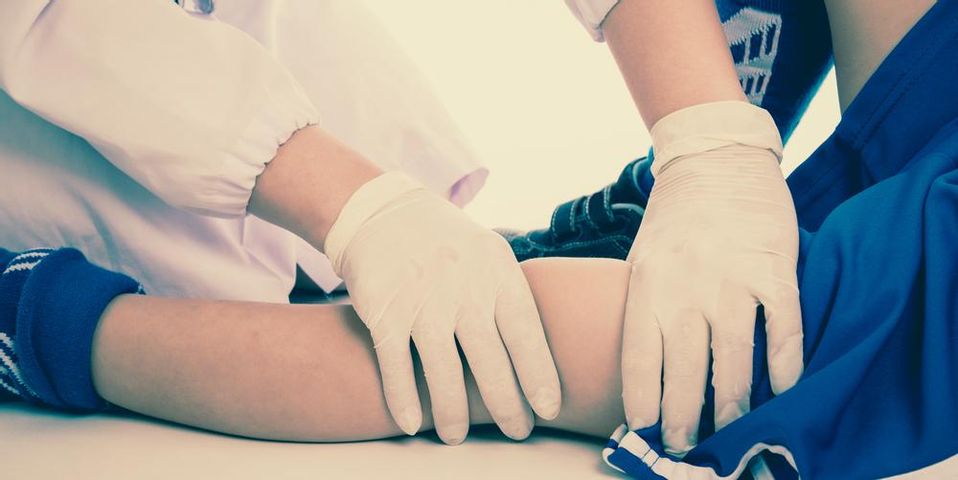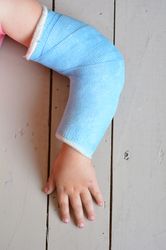
Until kids stop growing—for boys around age 16, and girls age 14—aspects of their skeletal structure have not completely hardened. A growth plate, or physis, is present in all the long bones. It consists of special cartilage that allows the bones to grow in length and width. Fractures of the physis are common, so people should be aware of this injury and see an orthopedic doctor for help.
What Is a Growth Plate Fracture?
Types of Fractures
A fracture can occur in the physis because cartilage is more fragile than bones or ligaments. However, these fractures also heal quite quickly, so if you suspect an injury, see an orthopedic doctor before it heals incorrectly. Growth plate fractures are classified according to the Salter Harris system from Type 1 to Type 5. Type 1 fractures involve a crack in the physis and separate the bone end from the bone shaft. Type 2 fractures are the most common, involving a break through the physis and bone shaft as well. Type 3 fractures break through the physis and break off a piece of the bone end. Type 4 fractures break through the bone shaft, physis and bond end. Type 5 fractures occur from crushing injuries from a compression force. X-Rays can help determine the type of fracture.
Symptoms
Swelling, pain, or a crooked limb are all signs of a physeal fracture. If your child has pain that doesn’t go away, this may be an indication of a fracture even if there aren’t outward symptoms. In the case of sports injuries or accidents, see an orthopedic doctor if pain continues or whenever a severe accident occurs.
Treatment
 The doctor will examine your child and may need to order X-rays to determine the type and exact placement of the fracture. In some cases, an MRI or CT scan may be necessary, but this is unusual. The treatment is dependent on the injury and the age of your child. Some fractures can be treated with a cast, but others might require pins, screws, or surgery to hold the physis and bone in correct alignment. Joint injuries often require surgery. Simple fractures may just require a splint or sling. In any case, rest is required until well after the fracture has healed.
The doctor will examine your child and may need to order X-rays to determine the type and exact placement of the fracture. In some cases, an MRI or CT scan may be necessary, but this is unusual. The treatment is dependent on the injury and the age of your child. Some fractures can be treated with a cast, but others might require pins, screws, or surgery to hold the physis and bone in correct alignment. Joint injuries often require surgery. Simple fractures may just require a splint or sling. In any case, rest is required until well after the fracture has healed.
Growth plate or physeal fractures are common and treatable, so if you or your child sustains one, consult Peter A. Matsuura, MD, an orthopedic surgeon serving Hilo, HI. He specializes in management of hip, knee, shoulder, and other joint pain and injury with nonsurgical and state-of-the-art surgical options. Call (808) 969-3331 to book an appointment or visit his website to learn more about his practice.
About the Business
Have a question? Ask the experts!
Send your question

